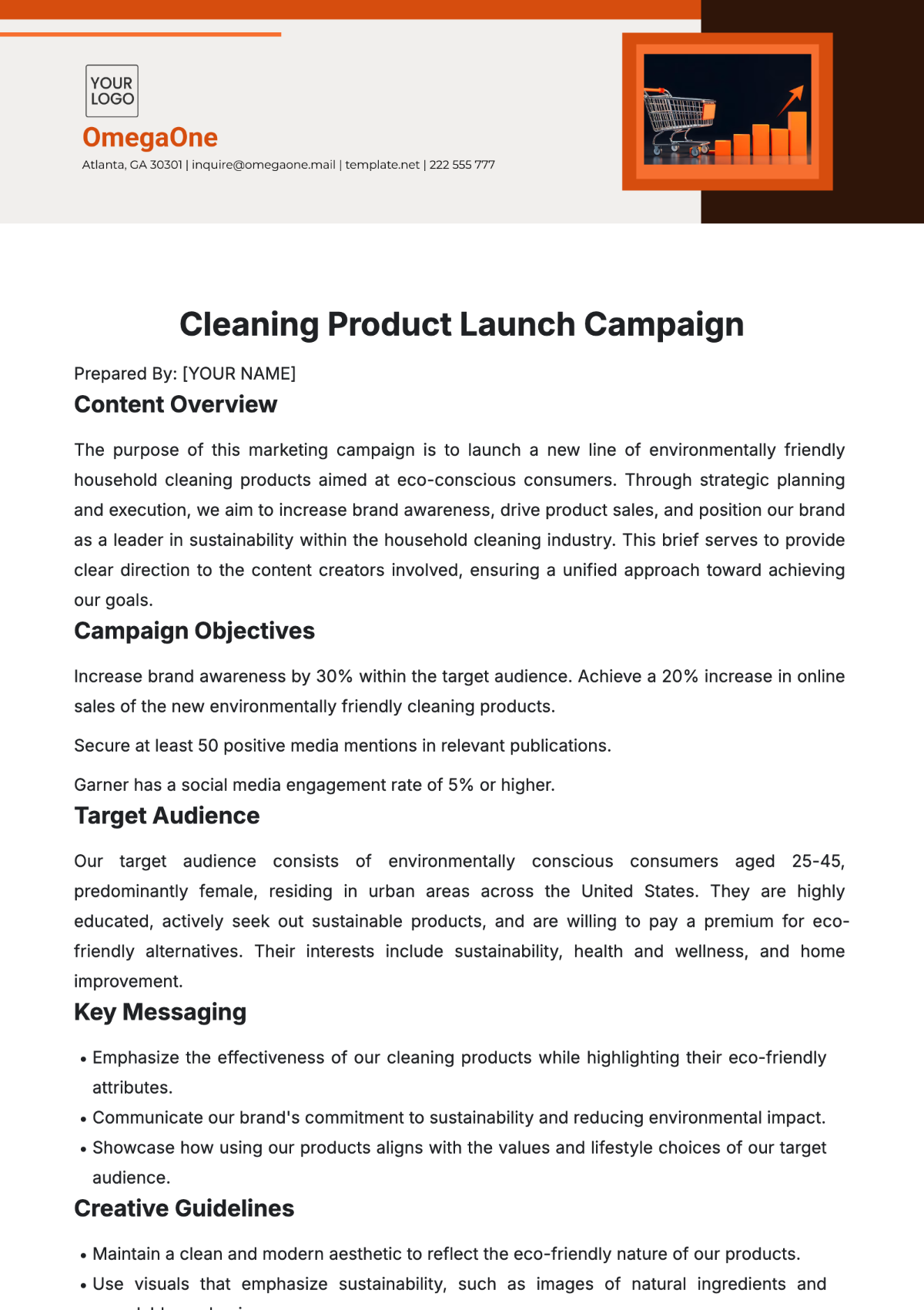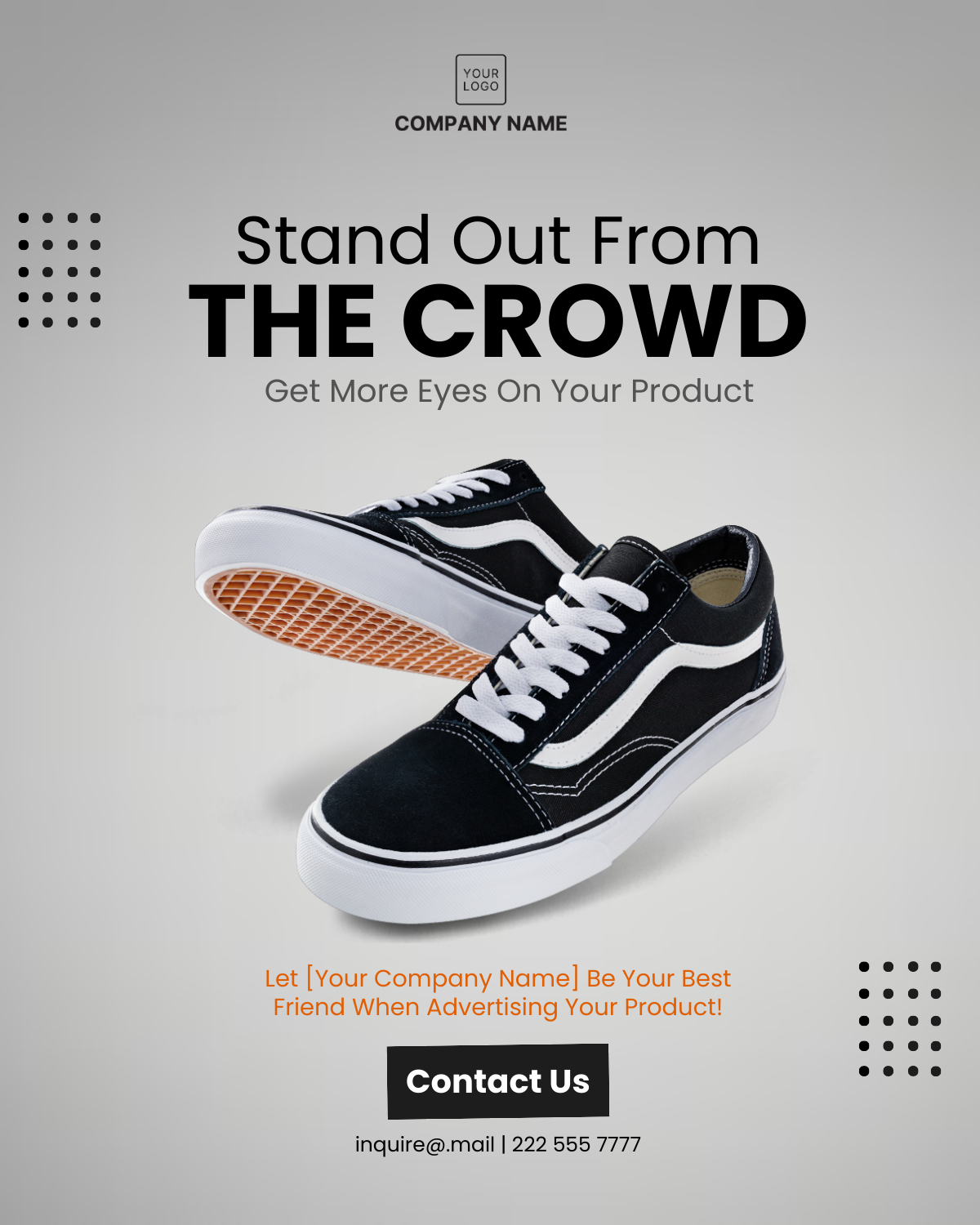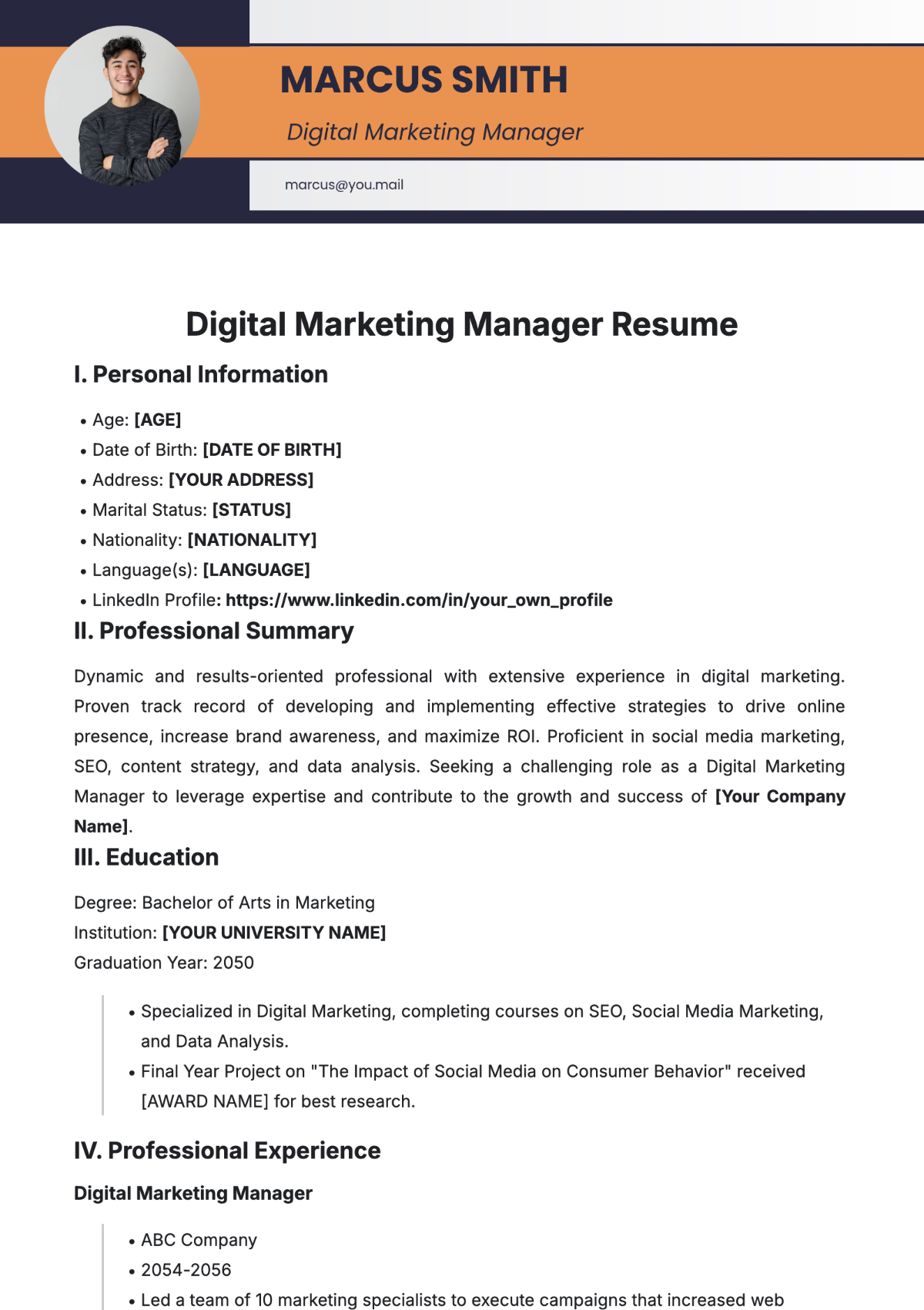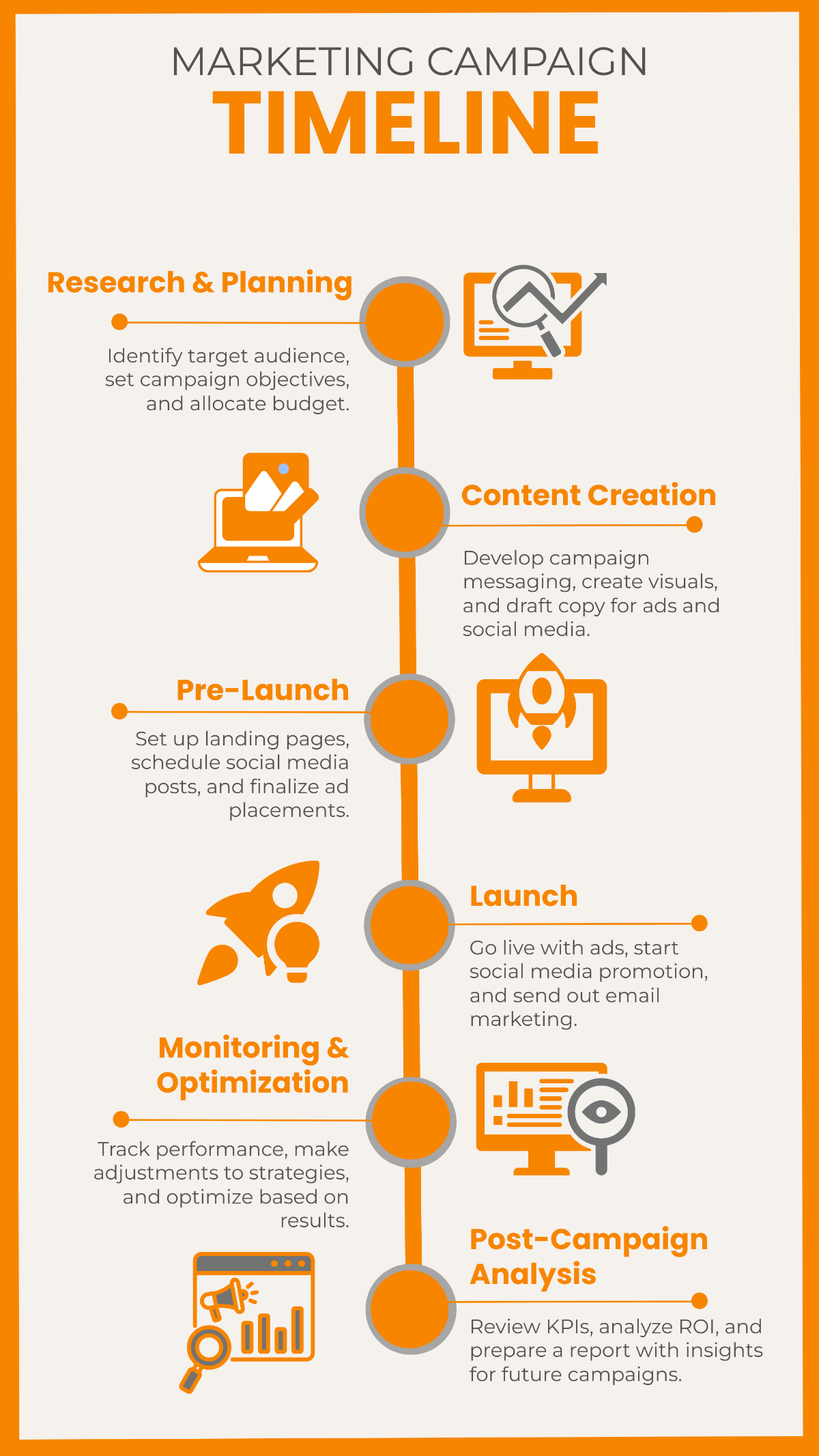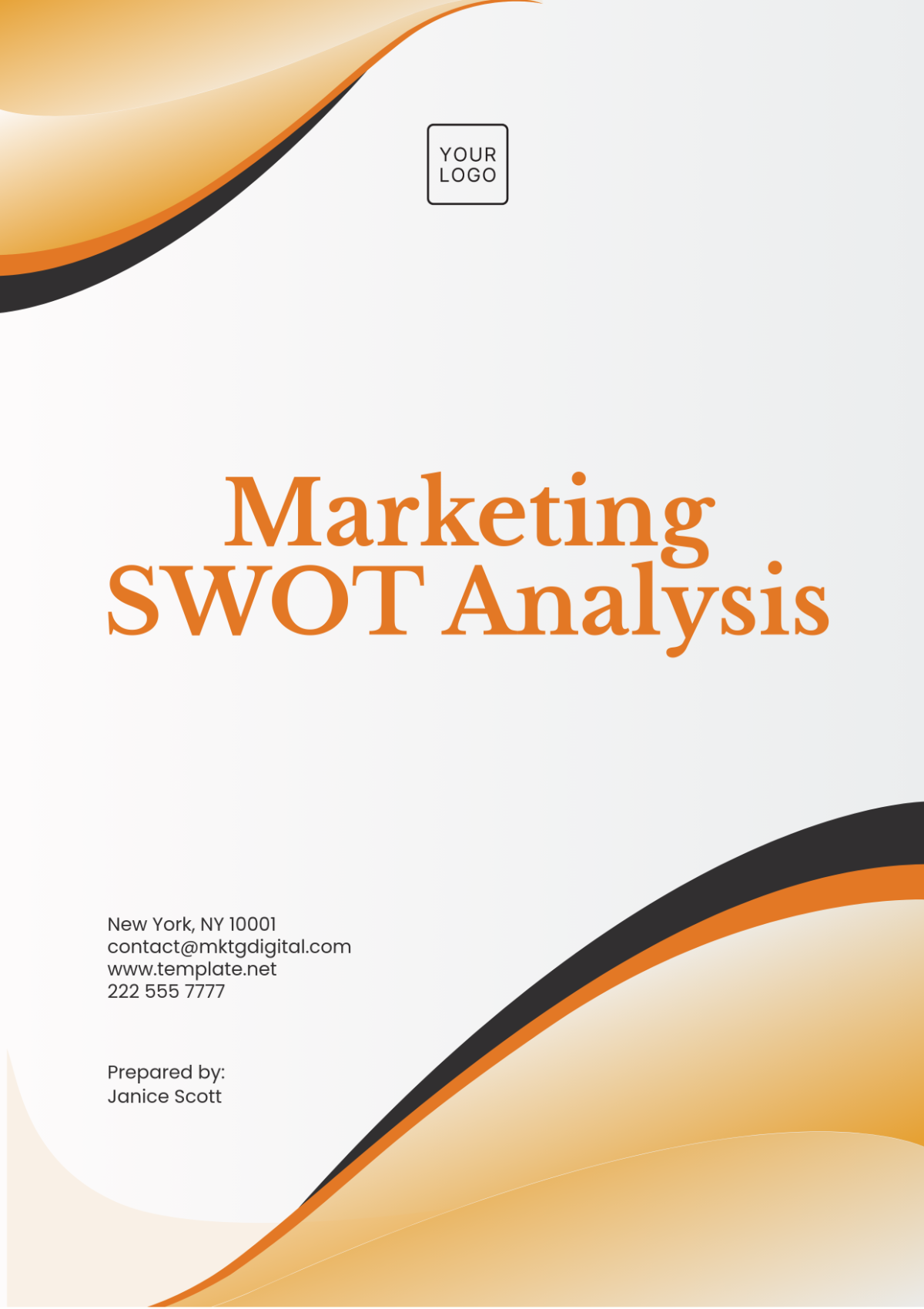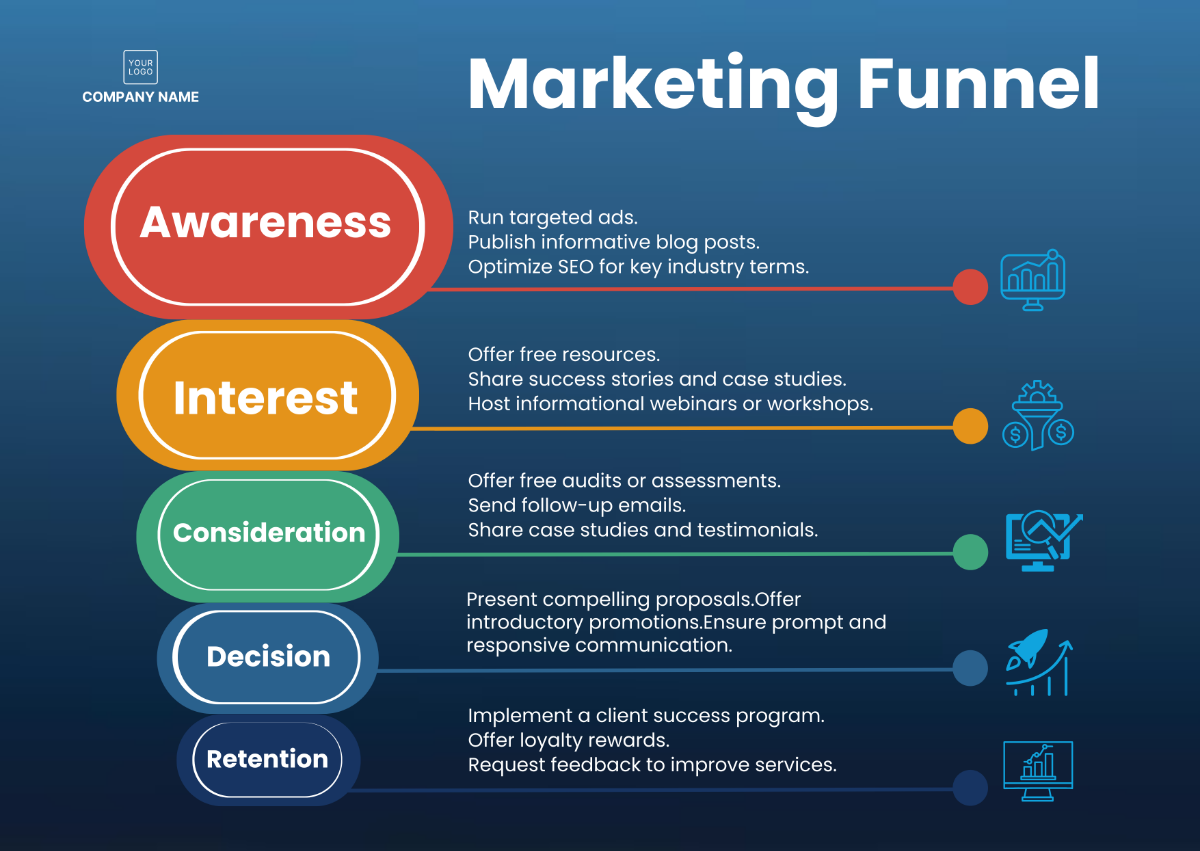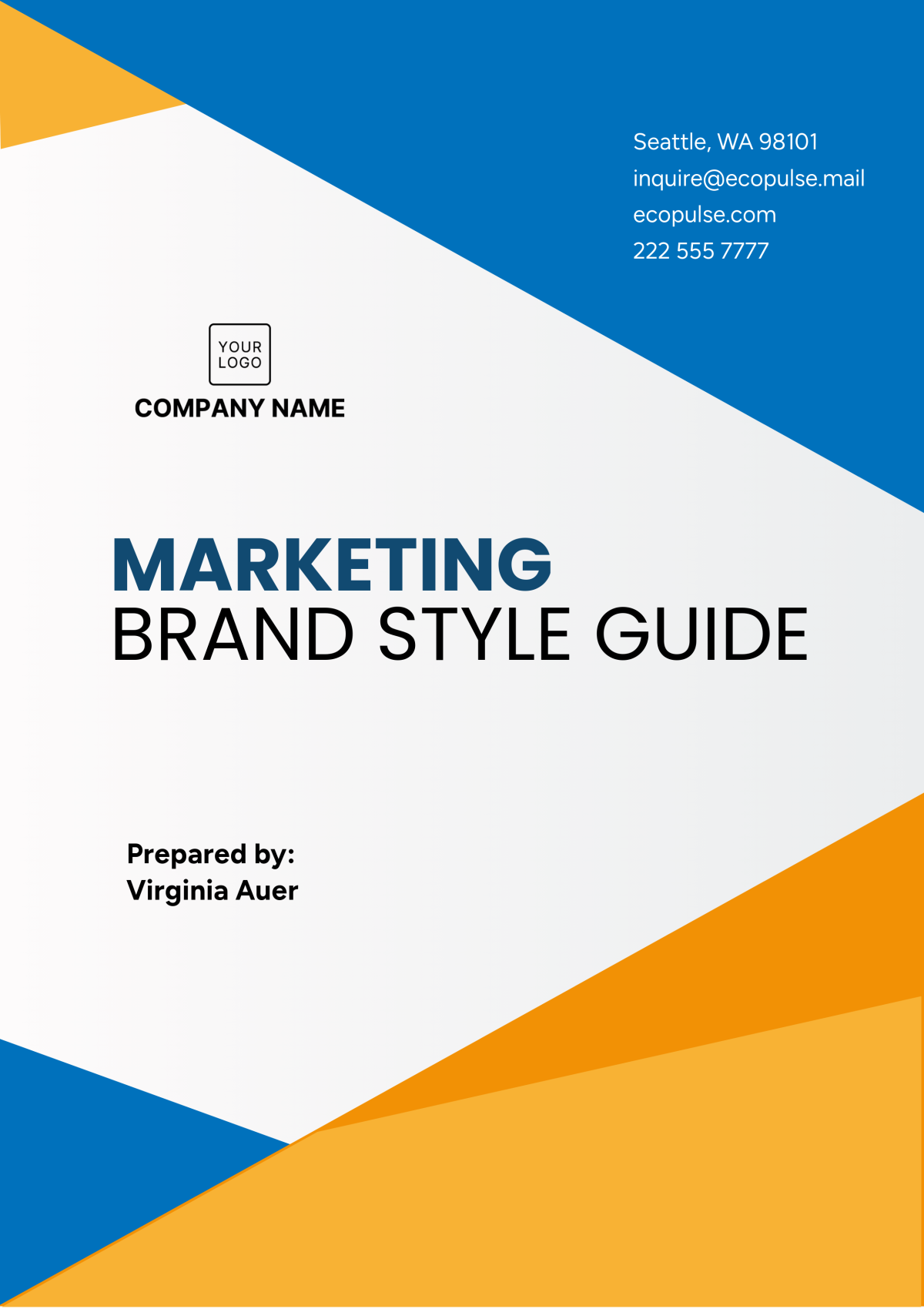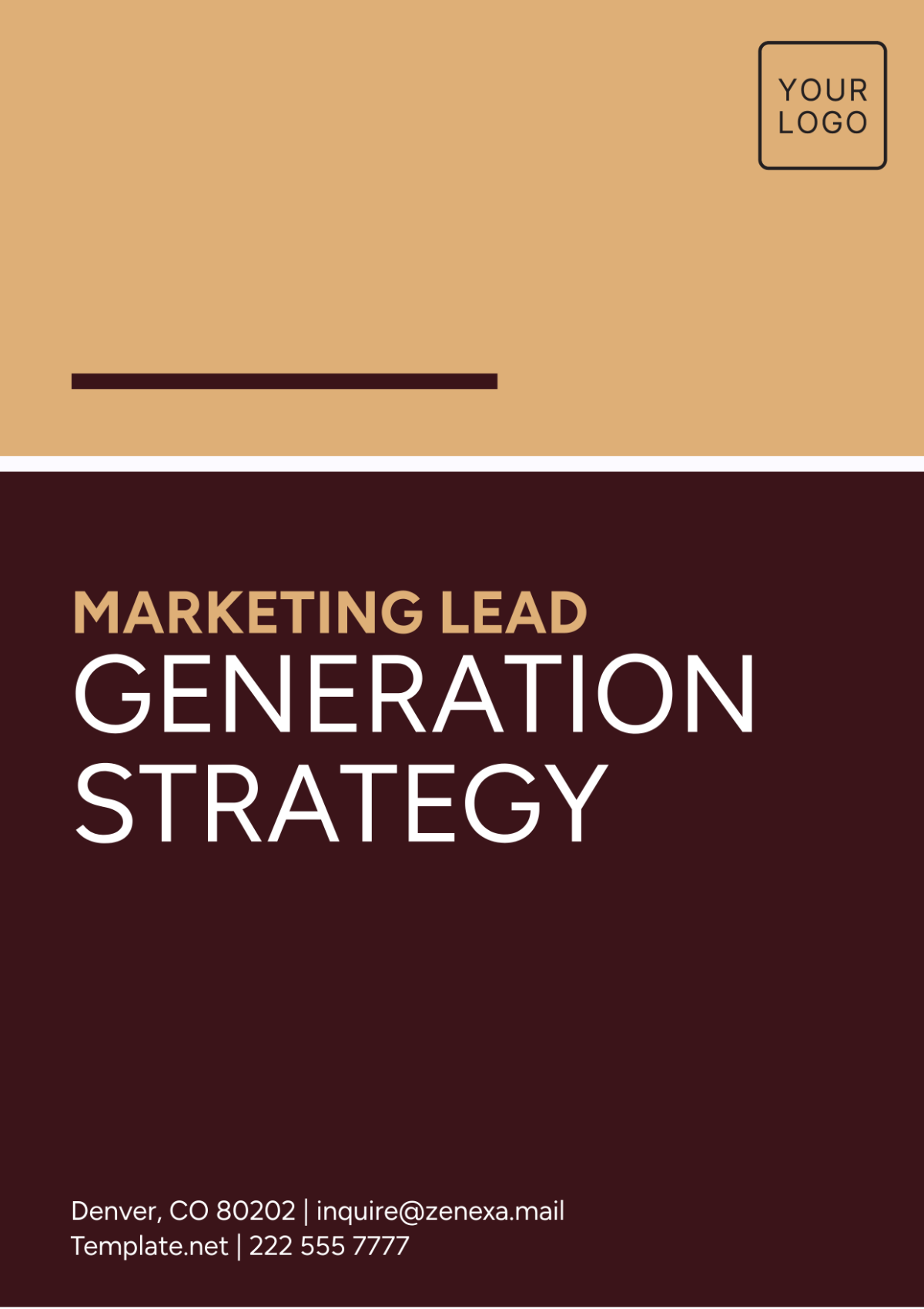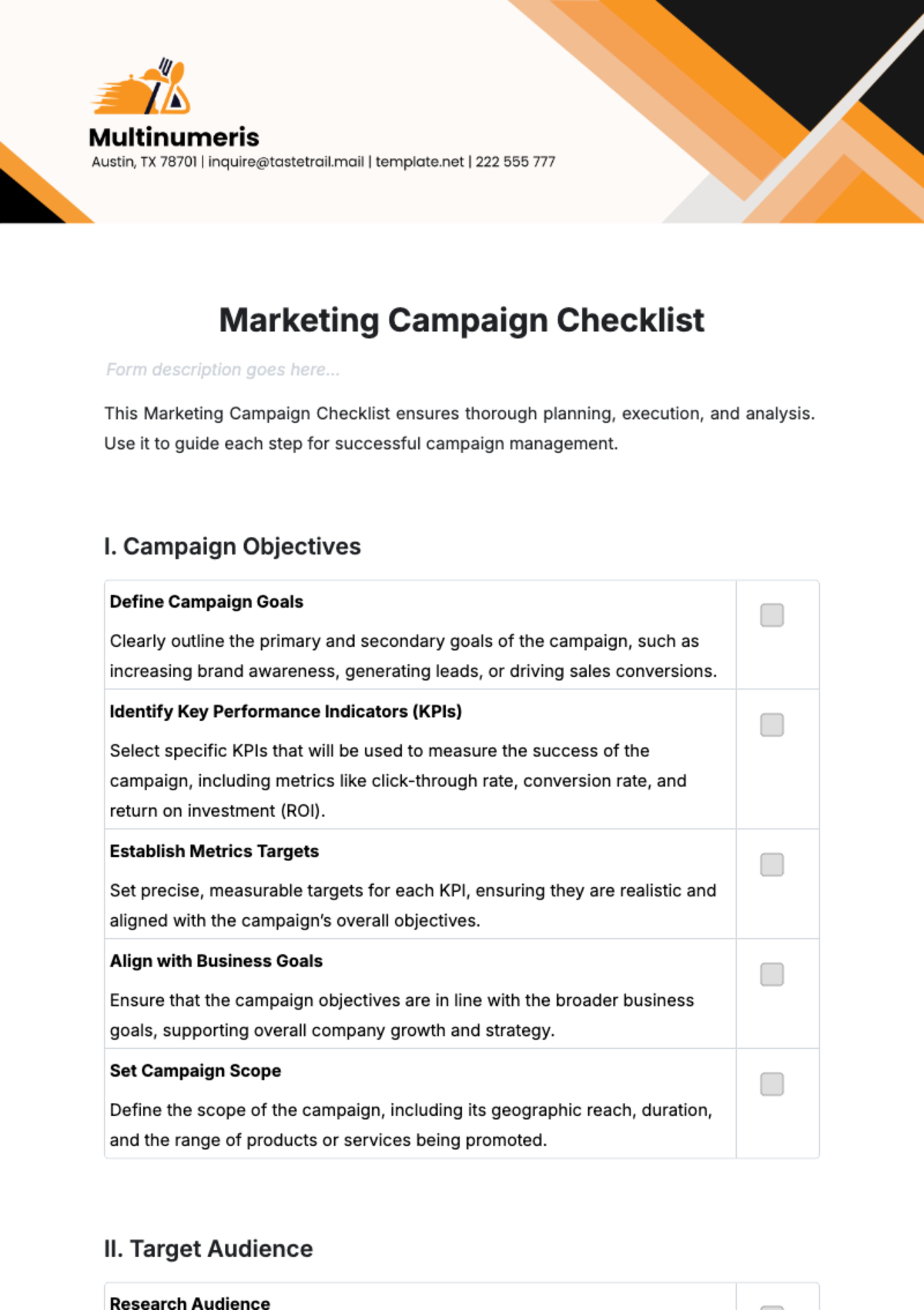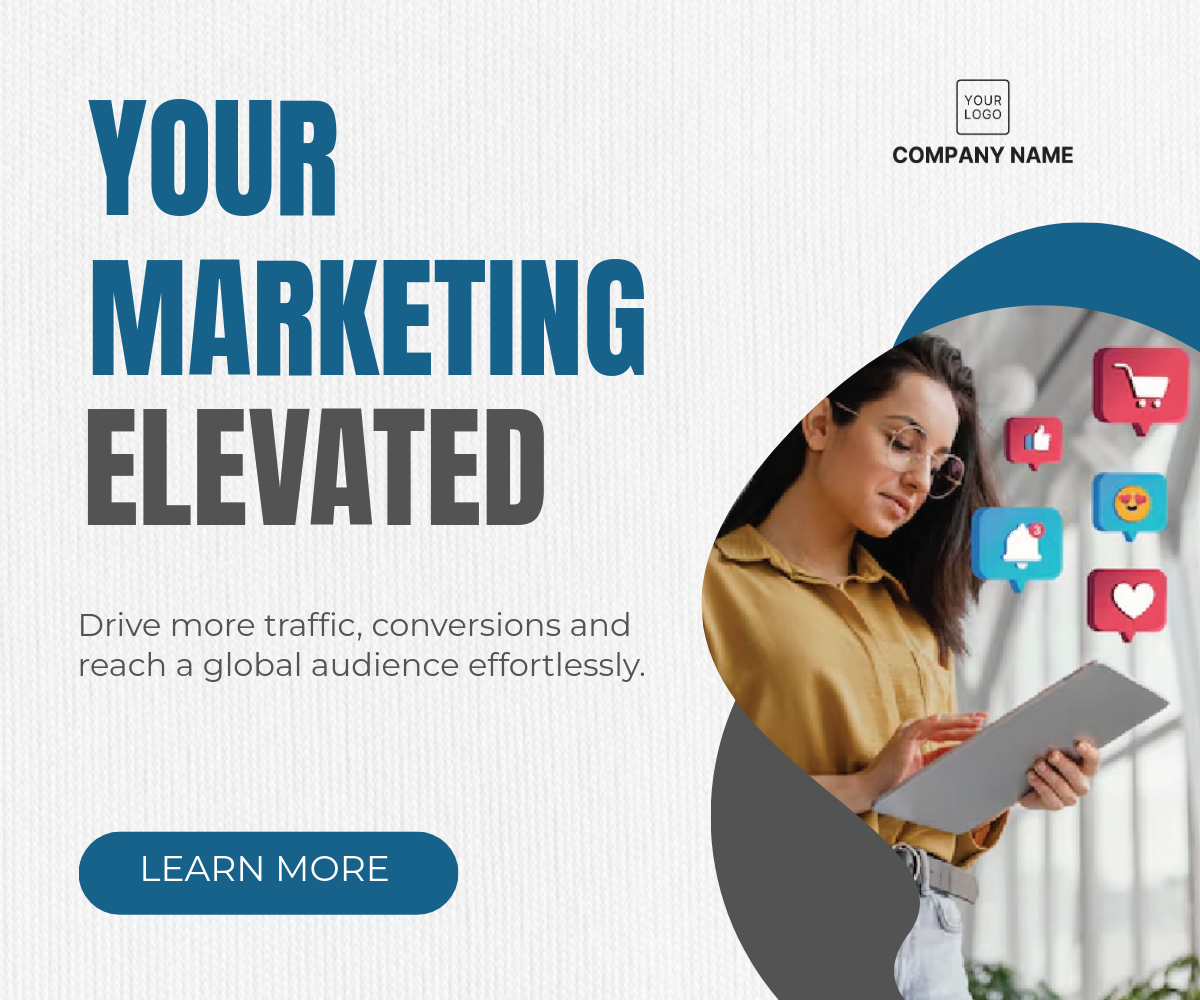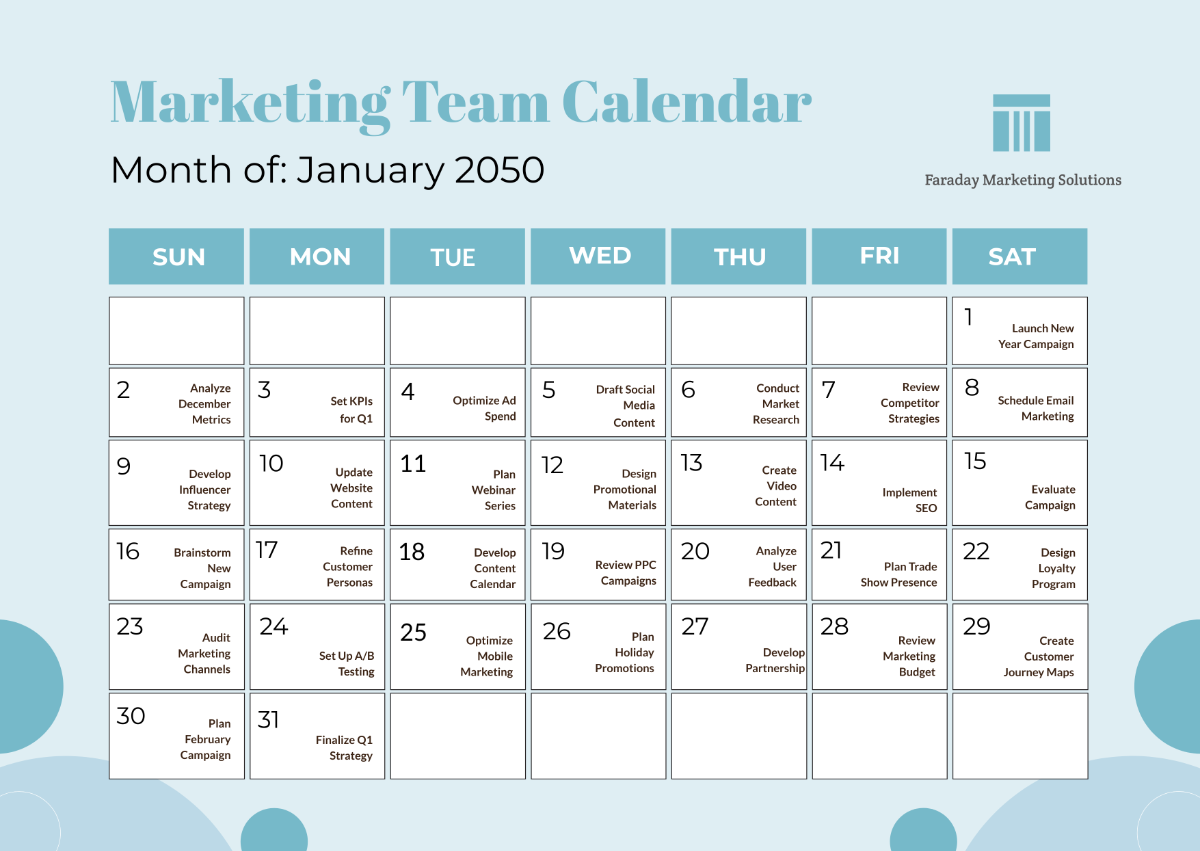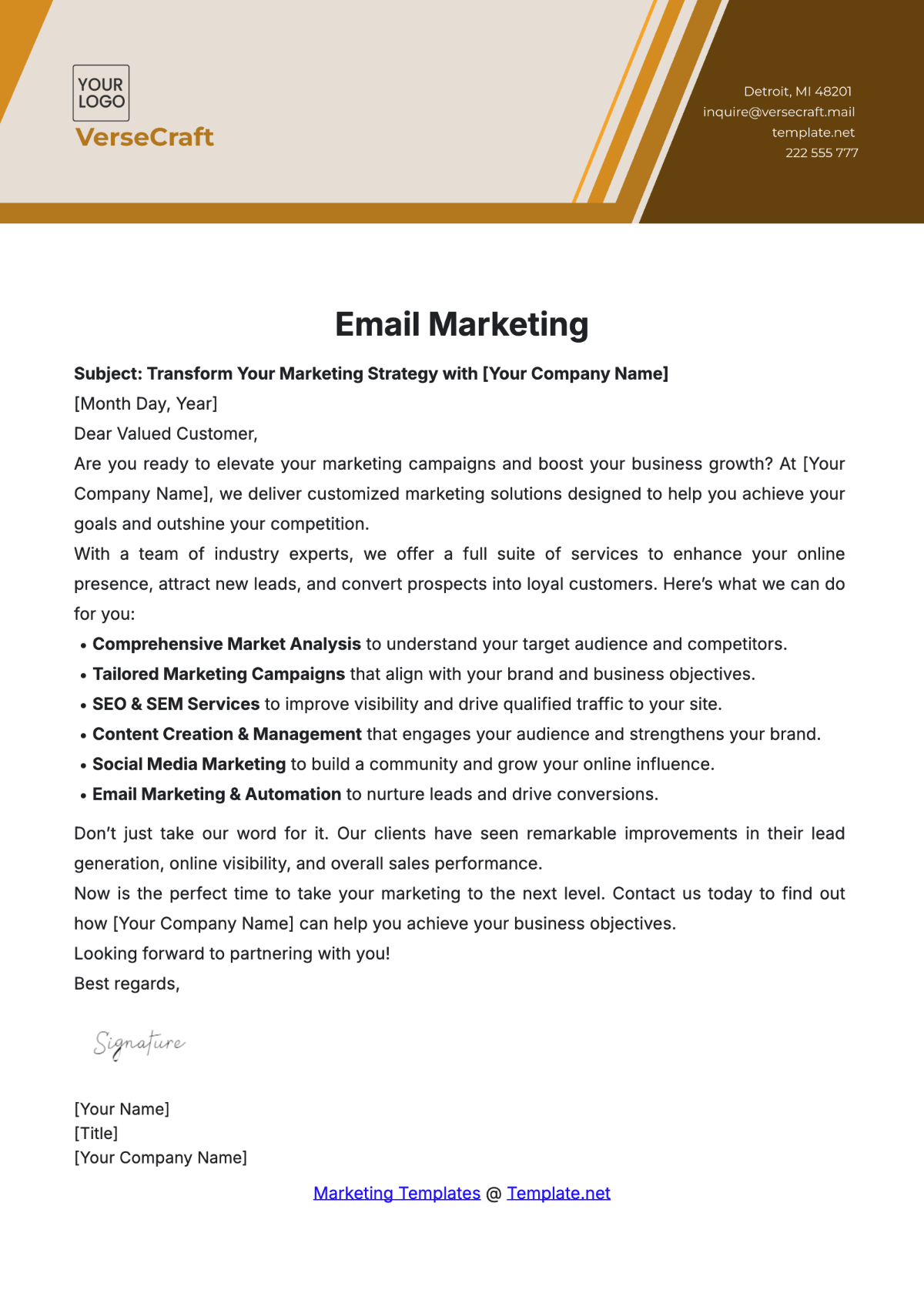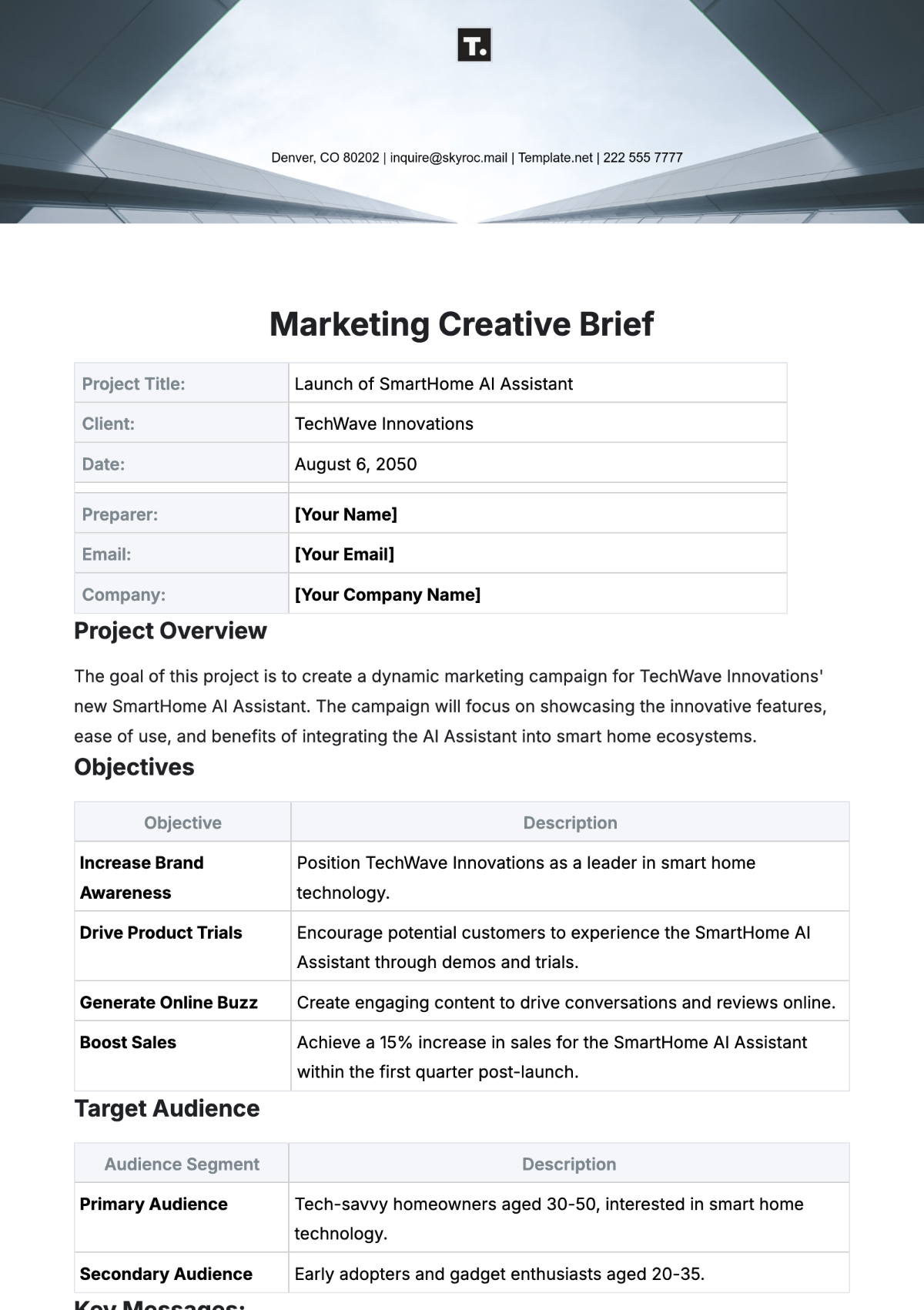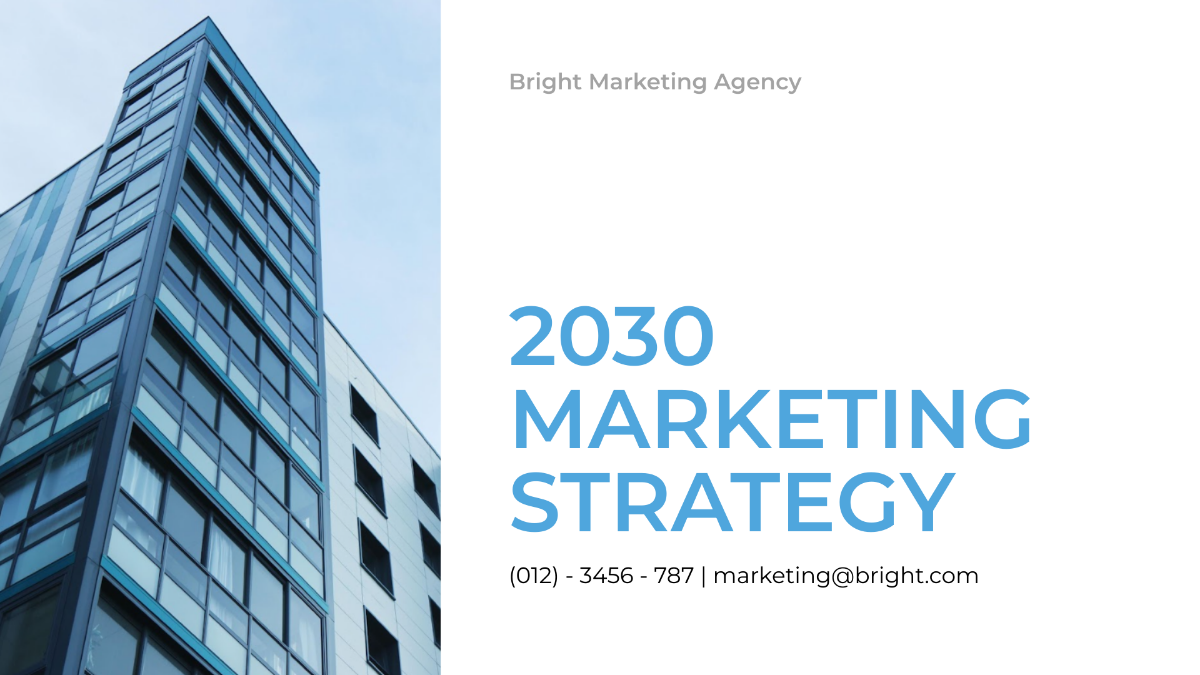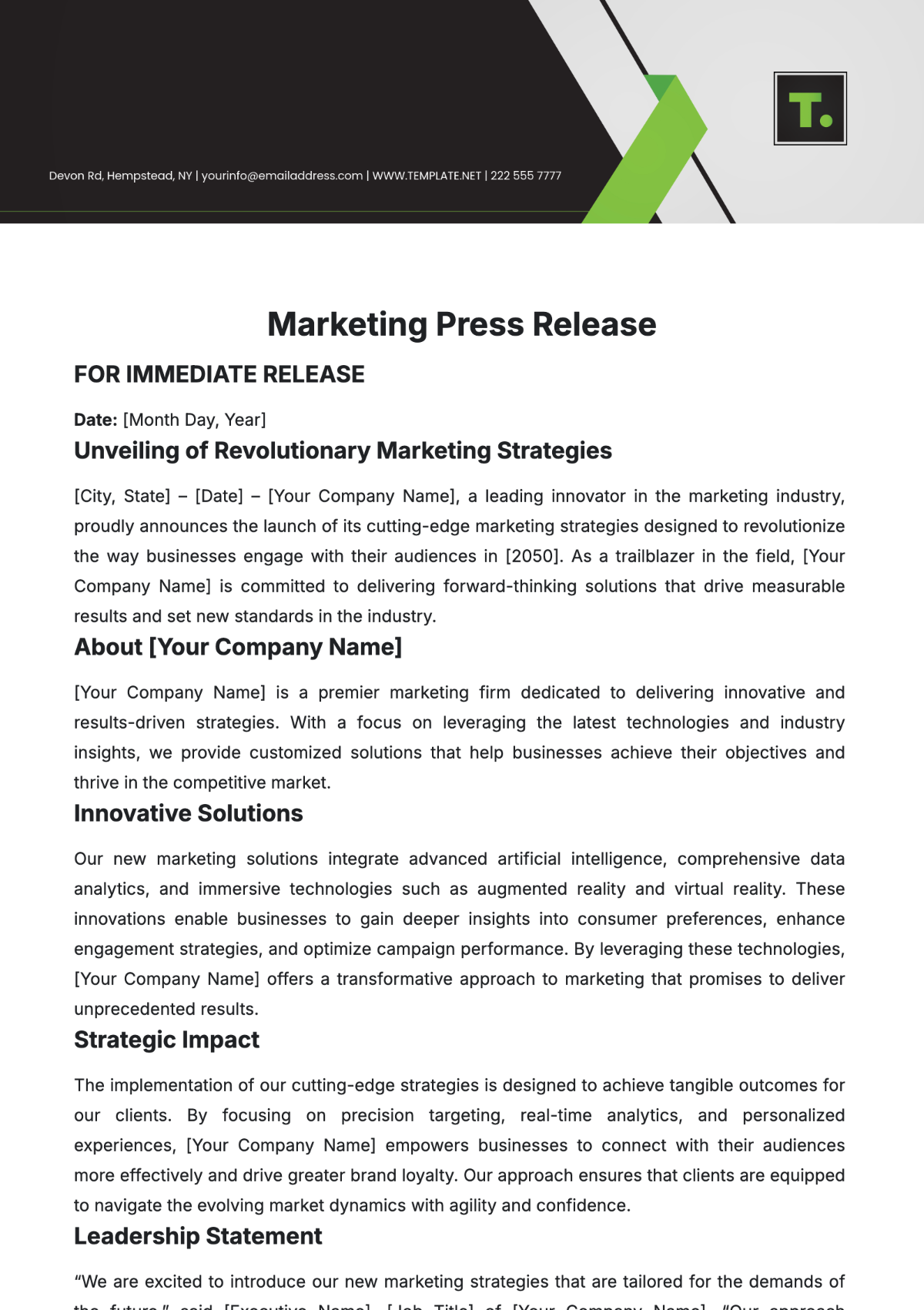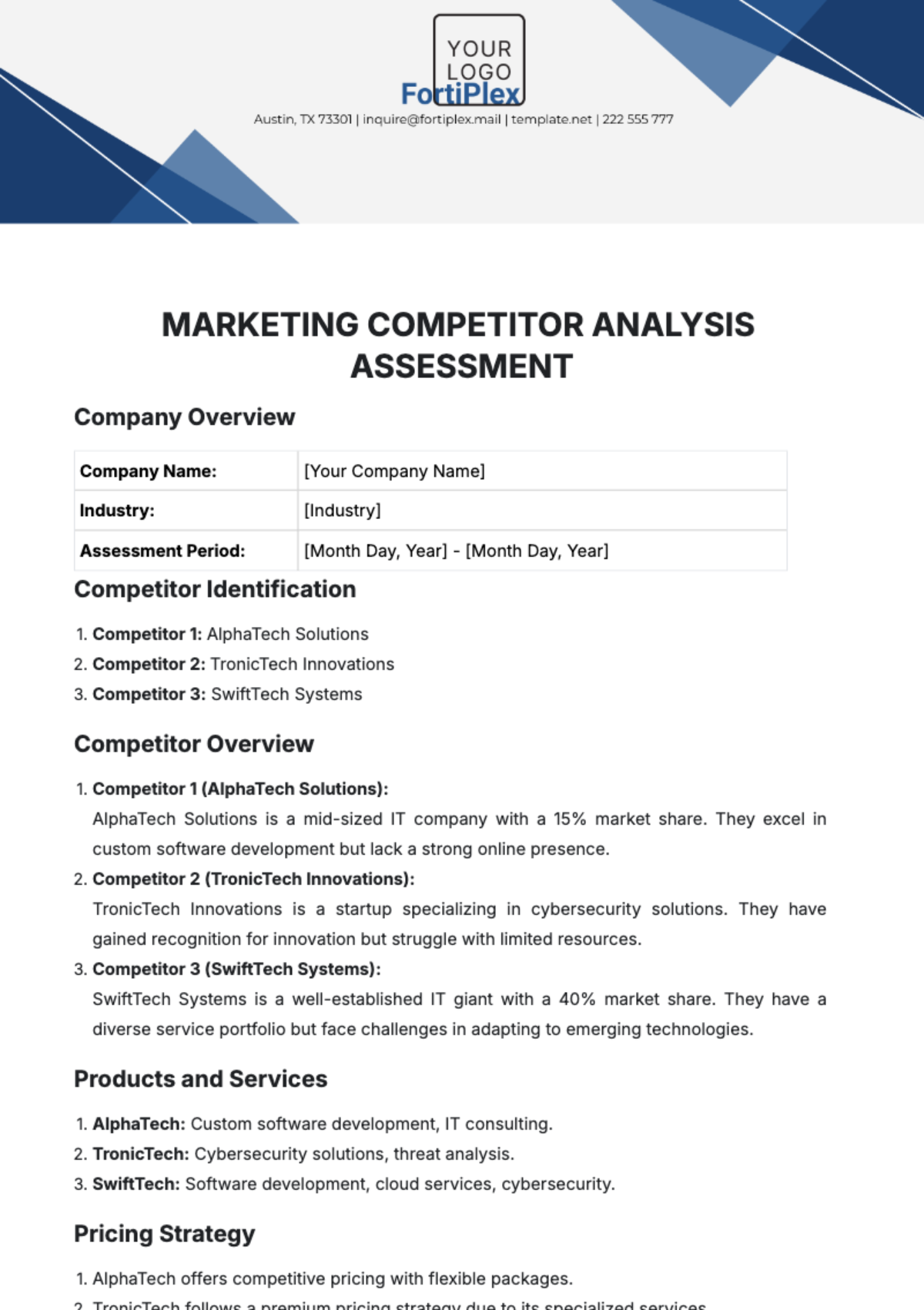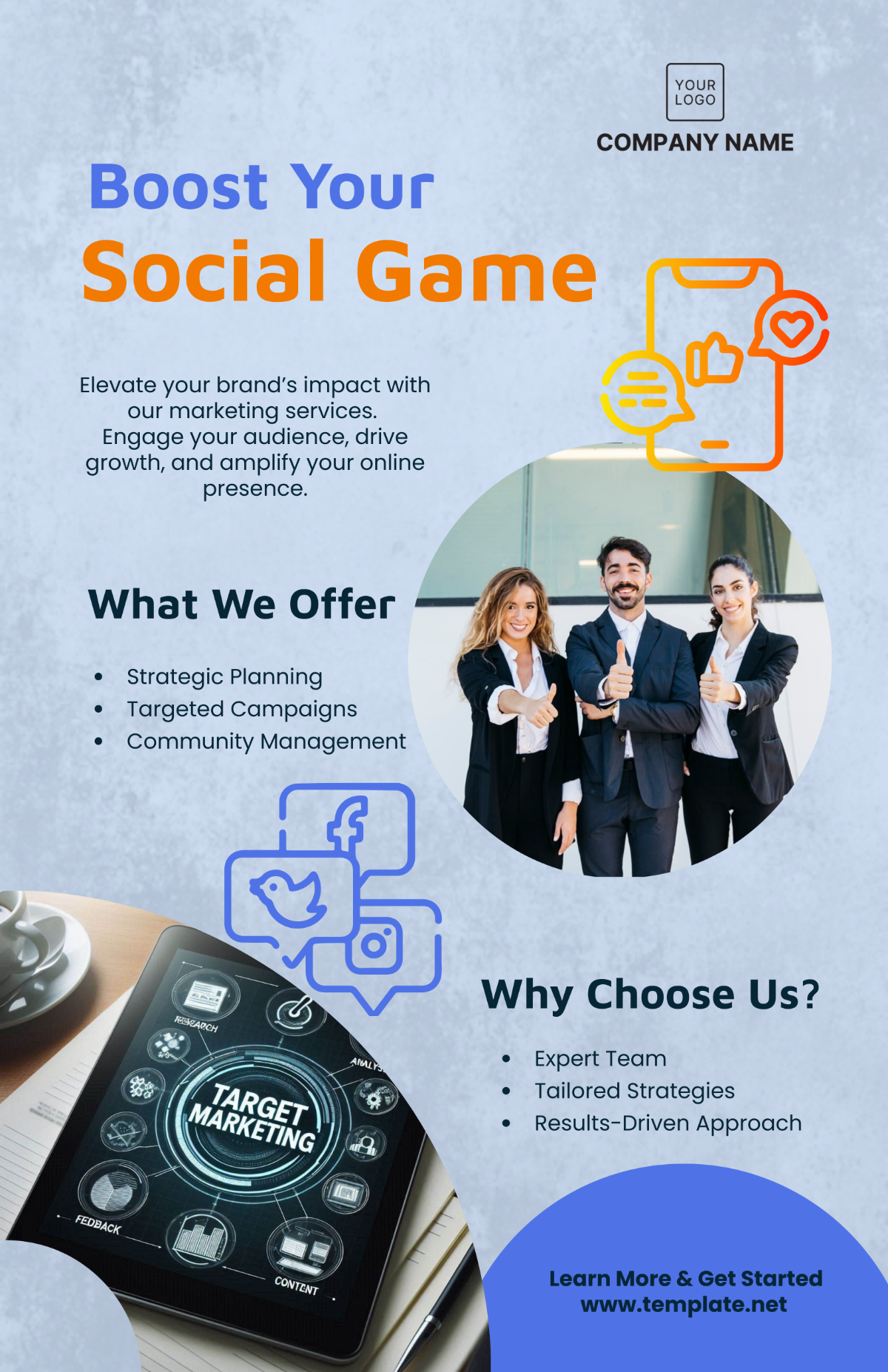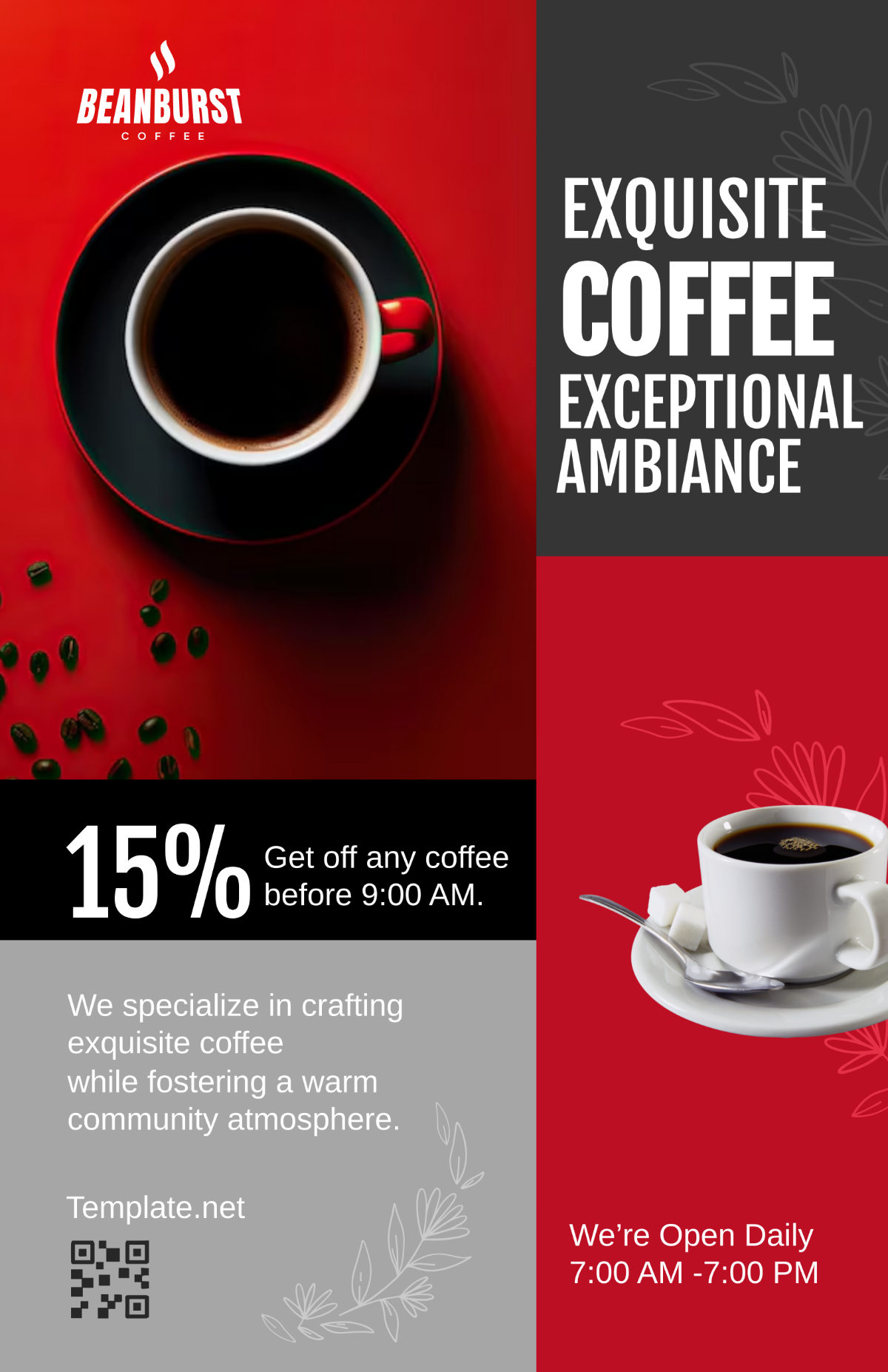Marketing Product Launch Case Study Compilation
1. Introduction
This section serves as the gateway to our demographic study, articulating the purpose and scope of our research. It succinctly outlines our objective: to scrutinize the impact of online advertising on website engagement within a specific age cohort (21-29). By introducing the core focus on surveys conducted among a population of 500 individuals, the introduction sets the stage for a comprehensive exploration of how our target demographic interacts with online content and, more importantly, how this interaction influences their engagement with our company's website.
2. Background
Online advertising has become a pivotal aspect of modern marketing strategies. Understanding how it influences the engagement of our target demographic on our website is crucial for refining our advertising approach and enhancing user interaction.
2.1 Evolution of Online Advertising
Over the past decade, online advertising has undergone a remarkable evolution. Initially dominated by banner ads, it has transformed into a diverse landscape encompassing social media ads, influencer marketing, and interactive content. Understanding this evolution is crucial for framing our study in the context of a dynamic and rapidly changing digital marketing environment.
2.2 Industry Trends and Competitor Analysis
An in-depth analysis of industry trends and competitor strategies provides valuable context. Examining successful campaigns within our industry sheds light on emerging patterns, helping us refine our approach. By understanding what works and what doesn't in our competitive landscape, we can tailor our online advertising strategy for maximum impact.
3. The Objective of the Study
Our study is meticulously crafted with a singular goal in mind—to unravel the intricate relationship between exposure to online advertisements and subsequent engagement on our website among individuals aged 21 to 29. By laser-focusing on this age group, we aim to decipher the behavioral nuances that underlie their online interactions. This objective positions our research as a pivotal tool for optimizing marketing strategies, ensuring that our outreach efforts resonate authentically with our target audience.
3.1 Rationale for Age Cohort Selection
The decision to focus on individuals aged 21 to 29 is grounded in a strategic rationale. This subsection elaborates on the unique characteristics of this age cohort, highlighting their digital fluency, evolving preferences, and significant influence on online trends. By homing in on this demographic, our objective is to capture the pulse of a generation deeply entrenched in the digital realm, providing invaluable insights for targeted marketing efforts.
3.2 Significance for Marketing Strategy Optimization
Beyond a mere exploration of online behaviors, this subsection delves into the broader implications of our marketing strategy. It articulates how unraveling the dynamics between online advertising exposure and website engagement within the 21 to 29 age group serves as a linchpin for crafting more nuanced, resonant, and impactful marketing strategies. The objective is not just academic; it's a strategic imperative with actionable outcomes.
4. Methodology
At the heart of our study lies a robust methodology centered on the deployment of surveys to procure indispensable data from our 500-strong participant pool. This methodological choice is deliberate, providing us with a rich and diverse dataset. Through a meticulous survey design, we delve into the awareness levels, preferences, and actions related to online advertising, offering a comprehensive lens to scrutinize the intricate dynamics between exposure to online ads and subsequent engagement on our website.
5. Demographic Profile
The surveyed population consists of 500 individuals aged 21 to 29. This age group represents a dynamic segment of our target audience, known for its tech-savvy nature and high online presence.
Table 1: Demographics of the Surveyed Population
Demographic Profile | ||||
Age Group | 21-23 | 24-26 | 27-29 | Total |
Number of Respondents | 150 | 200 | 150 | 500 |
Gender Distribution | ||||
Male | 75 | 100 | 75 | 250 |
Female | 75 | 100 | 75 | 250 |
Prefer Not to Say | 0 | 0 | 0 | 0 |
Geographic Location | ||||
Urban | 100 | 120 | 80 | 300 |
Suburban | 30 | 60 | 40 | 130 |
Rural | 20 | 20 | 30 | 70 |
Preferred Devices | ||||
Mobile | 120 | 180 | 120 | 420 |
Desktop | 20 | 20 | 30 | 70 |
Tablet | 0 | 10 | 0 | 10 |
Social Media Usage | ||||
Daily | 140 | 180 | 130 | 450 |
Weekly | 12 | 20 | 20 | 50 |
Rarely/Never | 0 | 0 | 0 | 0 |
5.1 Digital Habits and Preferences
Beyond age brackets, delving into the digital habits and preferences of our target demographic provides a nuanced understanding. This includes preferred devices, online platforms frequented, and the types of content that resonate most. Such insights enable us to align our advertising with the specific behaviors of our audience, ensuring relevance and resonance.
5.2 Geographic Considerations
While our primary focus is on the 21 to 29 age group, geographic considerations play a role. Understanding regional variations in online behavior can refine our targeting. For instance, urban and rural audiences may respond differently to online advertisements, necessitating localized strategies for maximum impact.
6. Online Advertising Awareness
This section unearths a critical facet of our demographic's online behavior—awareness regarding online advertising. The active voice vividly articulates the findings, revealing that a substantial 85% of respondents report regular exposure to online ads across diverse platforms. By shining a spotlight on the prevalence of online ad awareness, we set the stage for deeper explorations into how this heightened awareness influences user behavior on our website.
6.1 Platforms of Highest Exposure
Within the realm of online advertising, not all platforms are created equal. This subsection actively examines the platforms where our target demographic encounters advertisements most frequently. Whether it's social media, search engines, or other digital spaces, understanding the hotspots for ad exposure equips us with actionable intelligence. By discerning these preferences, we can strategically allocate resources for maximum visibility and impact.
6.2 Content Recall and Recognition
Recognition and recall are the pillars of effective advertising. This subsection goes beyond mere awareness statistics, delving into the content recall aspect. By actively investigating which types of online advertisements are more likely to be remembered by our demographic, we gain insights into crafting memorable and impactful ad content that lingers in the minds of our audience, fostering a deeper connection.
7. Advertising Preferences
The study revealed that the majority of individuals within the 21 to 29 age bracket prefer interactive and visually appealing online advertisements. We have identified the social media platforms as the most influential channels for advertisement consumption.
7.1 Psychological Impact of Visual Content
Visual content has a profound psychological impact on the audience. Exploring the science behind visuals, colors, and design elements in advertisements provides insights into why certain visuals are more effective than others. By aligning our visual content with the psychological preferences of our audience, we can create advertisements that capture attention and leave a lasting impression.
7.2 Social Media as a Catalyst
Social media platforms catalyze online advertising. Understanding the mechanics of social media algorithms, user behavior, and the shareability factor is essential. Leveraging the social nature of these platforms allows us to extend the reach of our advertisements organically, creating a ripple effect that goes beyond paid impressions.
8. Impact on Website Engagement
Here, the active voice takes center stage in conveying a pivotal revelation: a significant correlation emerges between exposure to online advertisements and heightened engagement on our company's website. Users who recall encountering our ads are statistically 30% more likely to visit and explore our website. This compelling connection, illuminated through active voice, propels our understanding of the tangible impact of online advertising on driving meaningful user engagement.
8.1 Pages Visited Post-Ad Exposure
The journey from ad exposure to website engagement is multifaceted. This subsection actively dissects the post-exposure behavior, outlining the specific pages and sections of our website that experience heightened traffic. Identifying these hotspots provides a roadmap for optimizing content on key pages, ensuring a seamless transition from ad allure to meaningful engagement.
8.2 Temporal Analysis of Engagement
Engagement is not a static metric; it evolves. Here, the active voice takes center stage in conducting a temporal analysis of website engagement. By discerning patterns such as peak engagement hours or days, we gain strategic insights. This subsection empowers us to align advertising schedules with periods of heightened user activity, maximizing the impact of our campaigns.
8.3 User Interaction Metrics
Beyond mere visitation statistics, this subsection focuses on the intricacies of user interaction. It actively dissects metrics such as click-through rates, time spent on pages, and the frequency of return visits post-advertisement exposure. By delving into these granular user interaction metrics, we gain a holistic understanding of how our online advertisements not only attract visitors but also prompt meaningful engagement, shaping a comprehensive narrative of user behavior.
9. Recommendations
Based on the study findings, it is recommended that our marketing team continue to focus on interactive and visually engaging online advertisements, particularly on popular social media platforms. Additionally, targeted campaigns tailored to the preferences of the 21 to 29 age group are likely to yield higher engagement.
9.1 Behavioral Analysis of Website Visitors
Going beyond mere visitation statistics, a behavioral analysis of website visitors provides a granular view of user interactions. Examining the pages visited, the time spent on each page, and the actions taken post-advertisement exposure allows us to gauge the effectiveness of our online advertising in driving meaningful engagement.
9.2 Conversion Funnel Analysis
We can map the journey from advertisement exposure to website engagement through a conversion funnel analysis. Understanding where users drop off or convert provides actionable insights. By optimizing each stage of the conversion funnel, we can streamline the user journey, maximizing the impact of our online advertising efforts on website engagement.
9.3 Iterative Refinement of Advertising Strategies
Recommendations extend beyond mere insights; they pave the way for actionable strategies. In this subsection, the active voice propels the narrative of iterative refinement. By continuously adapting advertising strategies based on the observed correlation between exposure and engagement, our marketing team can stay ahead of evolving trends. This iterative approach ensures that our advertising remains dynamic, resonant, and in sync with the ever-shifting landscape of user behavior.
9.4 Personalization Strategies for Enhanced Engagement
Personalization is a cornerstone of modern marketing. This subsection actively explores the potential of personalization strategies in enhancing website engagement. Whether through personalized content recommendations, targeted campaigns, or tailored user experiences, the active voice underscores the transformative power of personalization in cultivating a deeper connection with our audience. Implementing personalized approaches, informed by the study's findings, is recommended for elevating engagement to new heights.
10. Conclusion
The myriad insights gleaned from our demographic study, encapsulating the implications for our marketing strategy. Through an active voice, it underscores the importance of understanding the preferences and behaviors of our target demographic aged 21 to 29. Armed with these insights, we're poised to refine and recalibrate our marketing strategies, ensuring they align seamlessly with the dynamic online landscape and, most importantly, captivate our audience for sustained website engagement.


